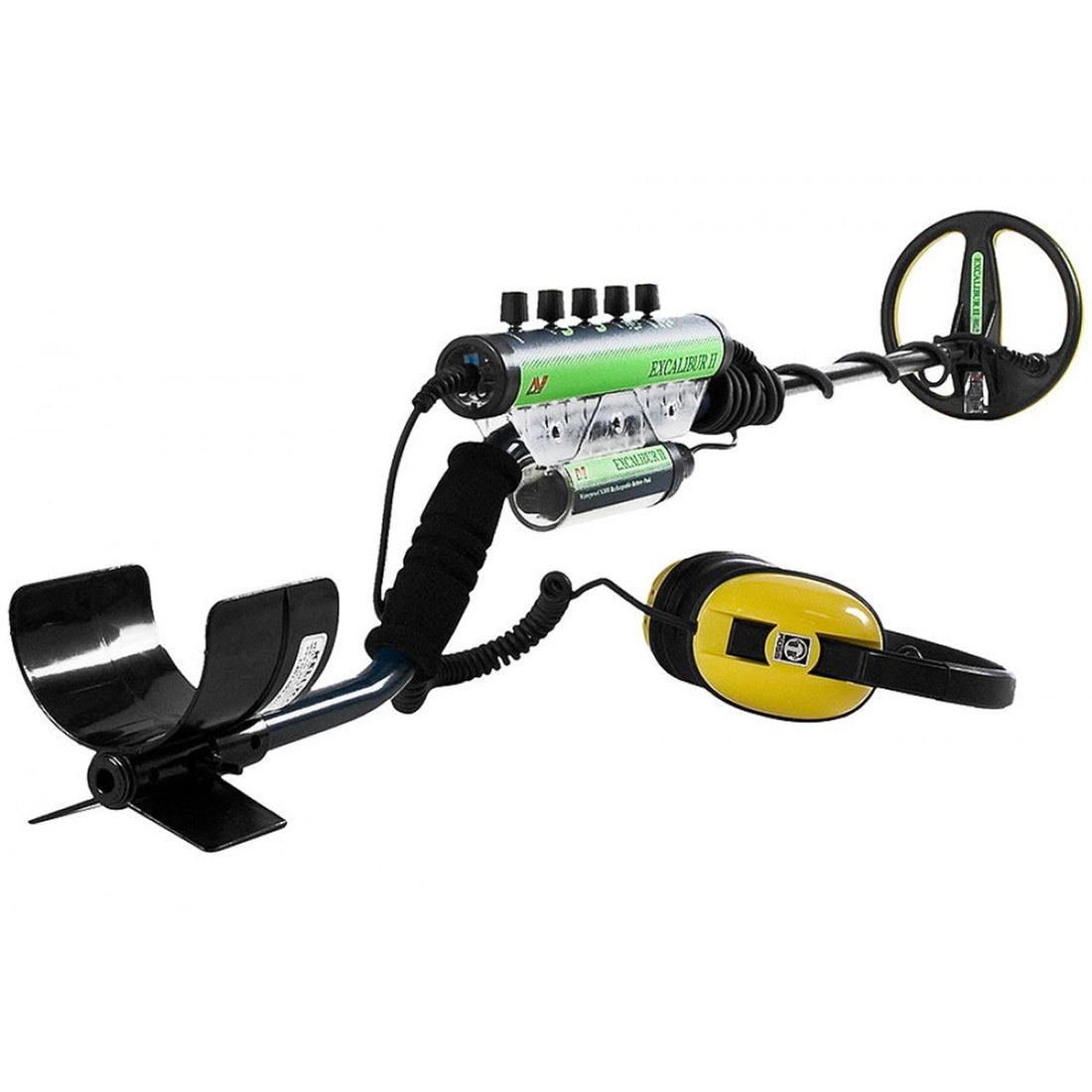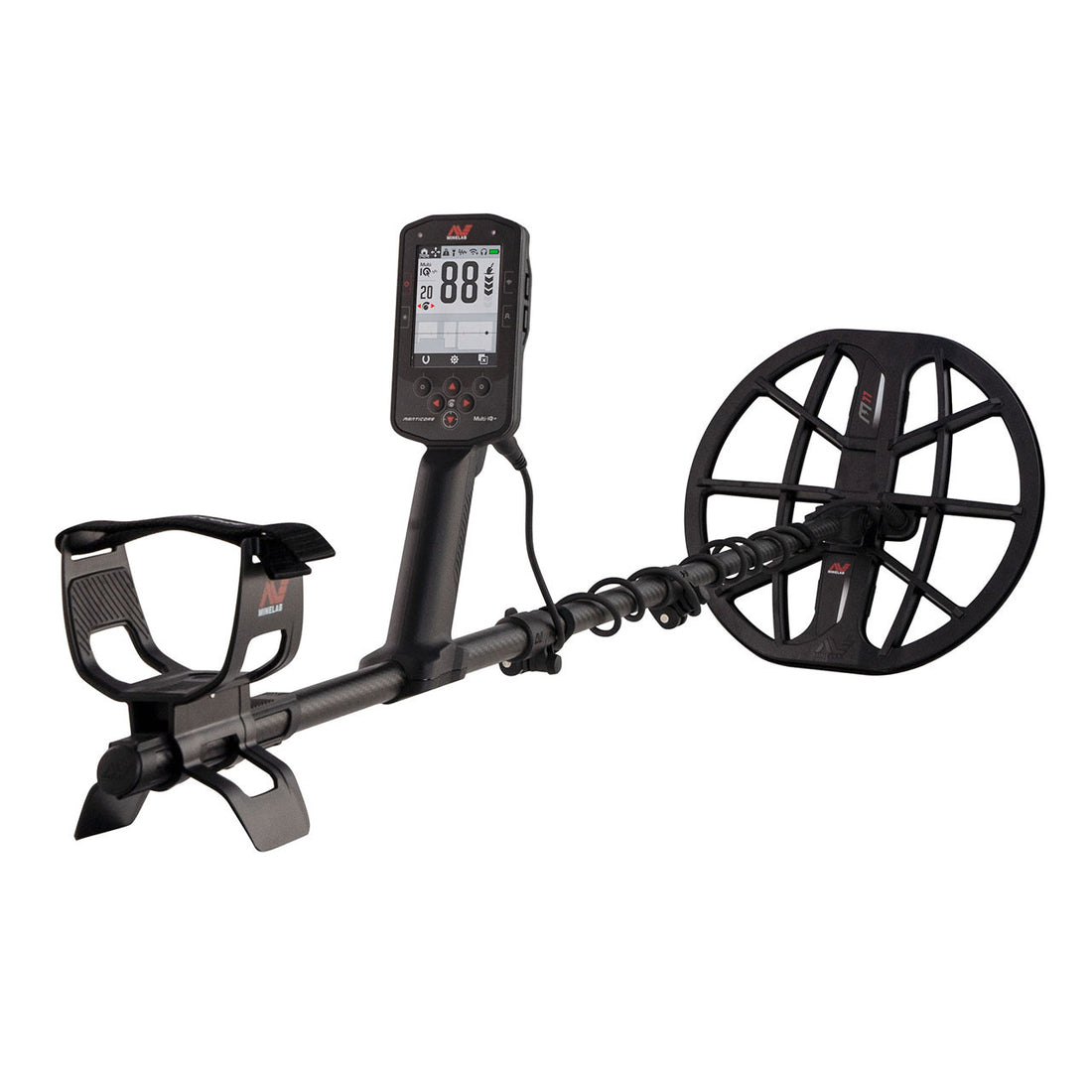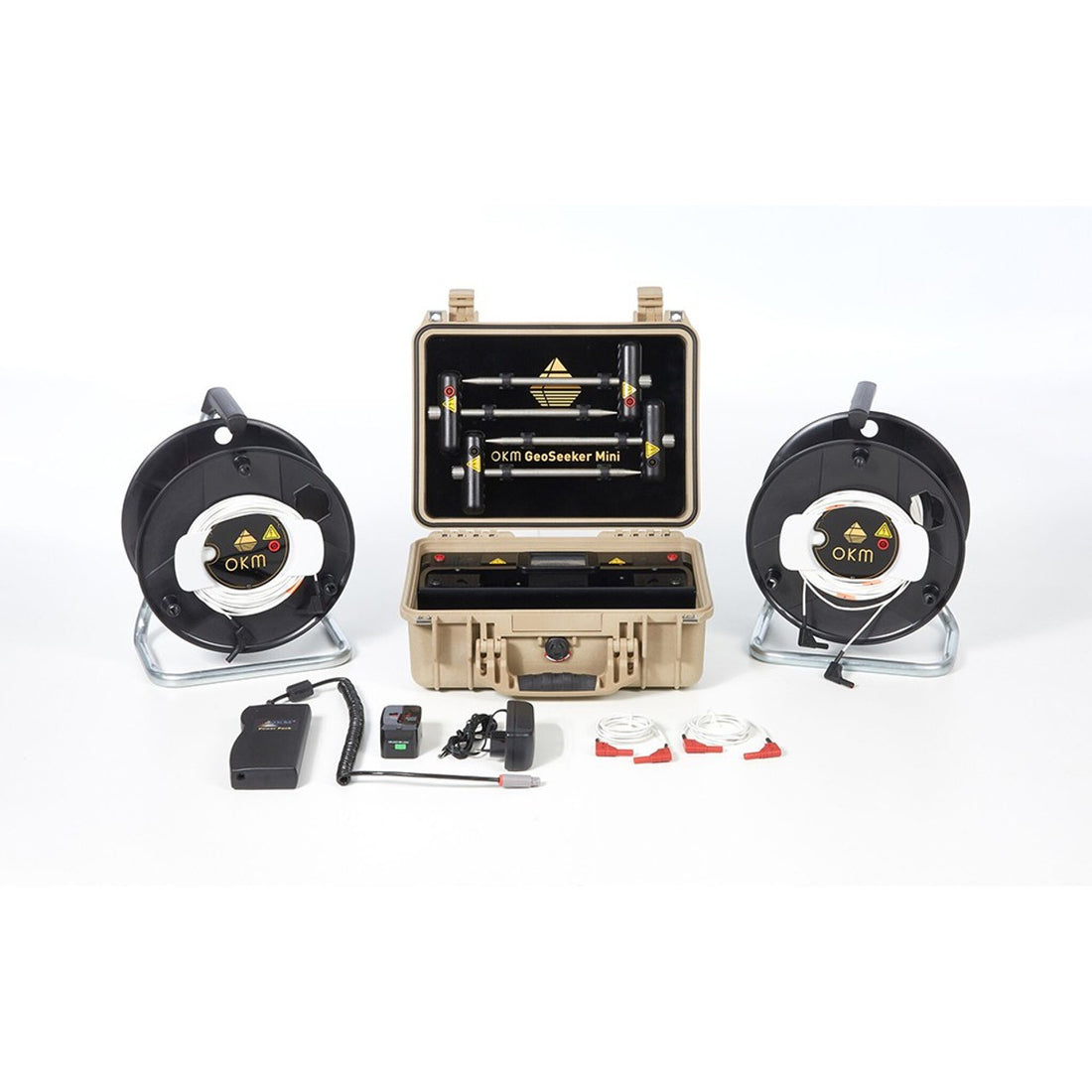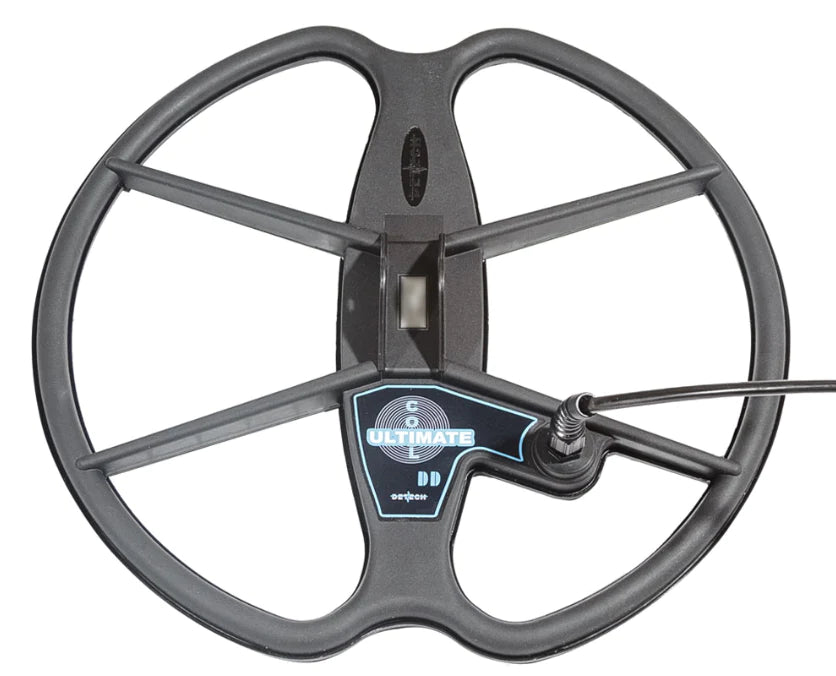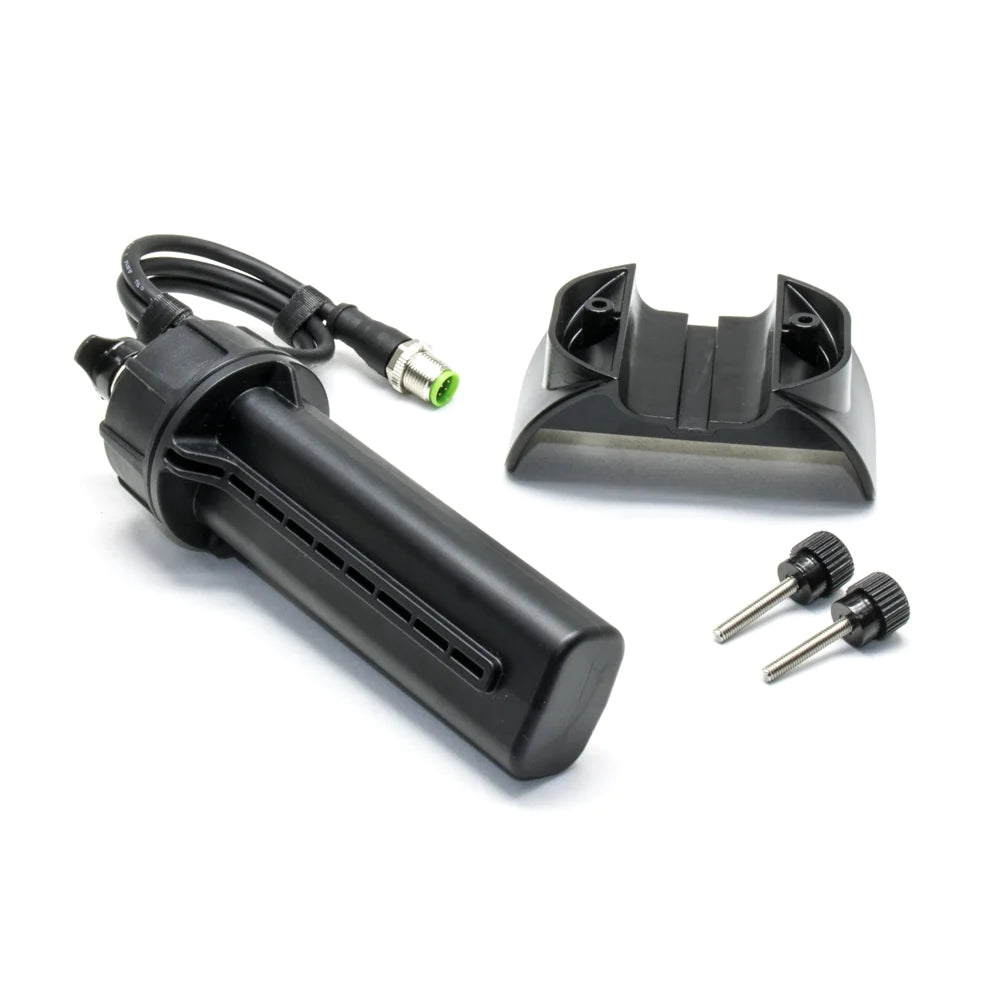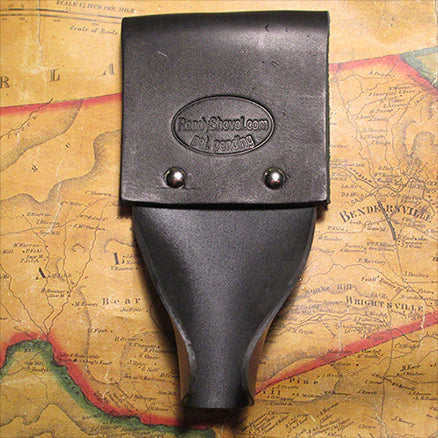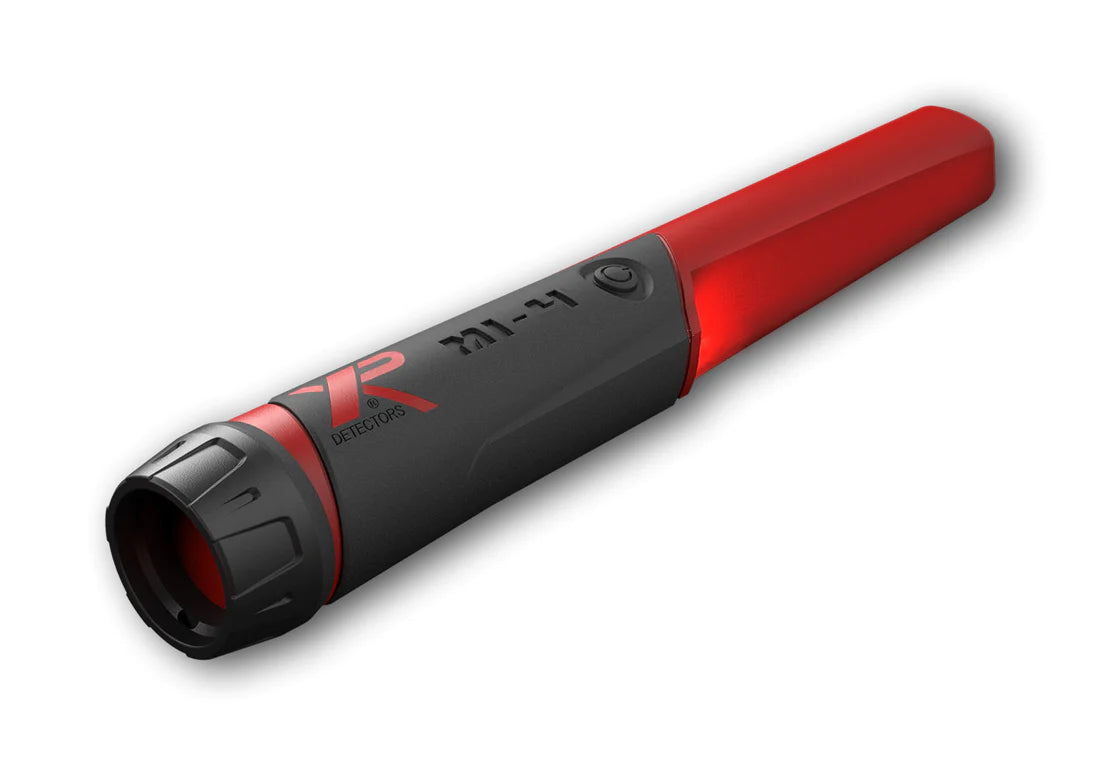How to Not Get Lost in the Wilderness
How to Not Get Lost in the Wilderness
Whether you are enjoying a new hobby or conducting industrial work outdoors, it is important to take measures to protect yourself. It may be tempting to think that you don’t have to worry about getting lost in the wilderness unless you are navigating a particularly rugged area far from developed land. However, it is possible to get lost even on the most casual hike, due to a variety of potential circumstances.
You might think that for someone taking an industrial metal detector out onto a well-traveled trail for a work project, it would be impossible to get lost. However, focusing on the activity rather than their surroundings could lead them off their path or cause them to run into a hazard. Therefore, you should always take measures to avoid getting lost outdoors, regardless of the area or activity.
1. Let a Trusted Person Know Where You Are Going
Always let a trusted friend or family member know where you are going and when you intend to come back. It will also be helpful to give them options to contact you if possible.
If you have not contacted the individual or returned within the given time frame, they should try to contact you and anyone else who may know where you are. If you still have not made contact within the next 2+ hours, the trusted person should make a report to authorities or park officials before night falls.
2. Charge Your Phone Before You Go
In some outdoor areas, you may have limited access to phone service or none at all, which is important to be aware of beforehand. However, if you will have service, you should ensure that your phone is fully charged. By doing so, you can ensure that you will be aware of any issues, such as weather alerts, and you can call for help in an emergency.
Several apps may also be helpful for tasks such as following trails, receiving alerts, and identifying landmarks. If you spend a lot of time outdoors, it may even be a good idea to invest in a satellite phone, as they work in areas where regular phones don’t.
3. Estimate How Long the Trip Should Take
Good planning is perhaps the most important measure you can take to avoid getting lost in the wilderness. Plot out your trip and use that information to estimate how long the overall trip should take, as well as how long it will take to reach certain checkpoints. By doing this, you should reduce the chances of exhausting yourself or of dealing with nightfall before you are done. It will also prevent loved ones from worrying about you, as you can give them a fairly accurate time frame for your return.
In addition to the distance of your trip, you should consider what activities you intend to engage in. Some activities, such as treasure hunting for lost valuables, may take longer than a simple hike.
4. Be Prepared
Putting together a good survival kit is another important part of planning an outdoor excursion. To some extent, the items in your survival kit will depend on where you are going and what you are doing. As such, you should do your research about survival gear that relates to your particular situation. However, some basic survival gear that is almost always a good idea to have on hand includes:
-
Analog alternatives for devices and equipment
-
A paper map
-
A whistle
-
A first aid kit
-
Water
-
A tarp
-
A fire starter
-
Water purification tablets
-
Cordage
-
A compass
-
A multitool
-
A mirror
It is also very important to ensure that you know how to use all of your equipment before you head out on your adventure.
5. Eat Well and Hydrate
If you run out of energy, you are more likely to fall behind schedule or become disoriented. As such, it is incredibly important that you always ensure that you eat nutritious foods and hydrate well before and during outdoor activities. When choosing how much food and water to bring, consider factors like how much you typically eat, how much physical activity you expect to engage in, and what the weather is like. Also, always carefully seal food to avoid attracting wild animals.
6. Learn About the Area Beforehand
Look up maps and information about the area where you plan to spend time. This will arm you with information for planning your trip and better understanding the terrain, and will help you develop contingency plans. Knowing about things like alternative trails and rest areas can help you correct the situation if you get lost or encounter an obstacle. You can find the information you need by consulting resources such as maps and government-sponsored websites.
7. Look for Updates About the Area
Before you go on an outdoor adventure, you should research any updates for the specific park, as well as for the general area. Specific parks will often provide important updates such as trail closures or concerning animal behavior on their websites. Some even provide active alert notifications so that you can receive updates immediately on an ongoing basis. You should also check general information about the greater area, such as the weather and any issues with roadways you may encounter.
8. Stay Aware of Your Surroundings
It can be easier than you think to lose track of your surroundings when you are enjoying the outdoors. Someone enjoying the sights in an area they don’t visit often can easily become distracted and wander off course. As such, it is important to regularly assess your surroundings and your navigational equipment to ensure that you are still on track.
Also always pay careful attention to any signage you come across, as it may offer important trail and safety information. Additionally, you should be wary of any unexpected hazards such as ravines, fallen trees, and poisonous plants. Many of these may not be noted on maps or signage, and can easily be obscured by trees or brush.
9. Stay on the Trail
Whenever possible, it is always in your best interest to stick to the trail. Staying on trails can help you avoid tripping hazards, difficult terrain, and dangerous animal territory. If you have lost the trail, consult your navigation resources and try to retrace your steps using notable landmarks. Take your time and try not to get flustered.
10. Don’t Panic
Panicking will only worsen a bad situation, and that is especially true in an outdoor survival scenario. If you feel that you are beginning to panic, stop, breathe, and think. Give yourself simple, achievable goals to focus on, e.g. head north to find the trail marker. This approach will help you to both calm down and solve your problem.

